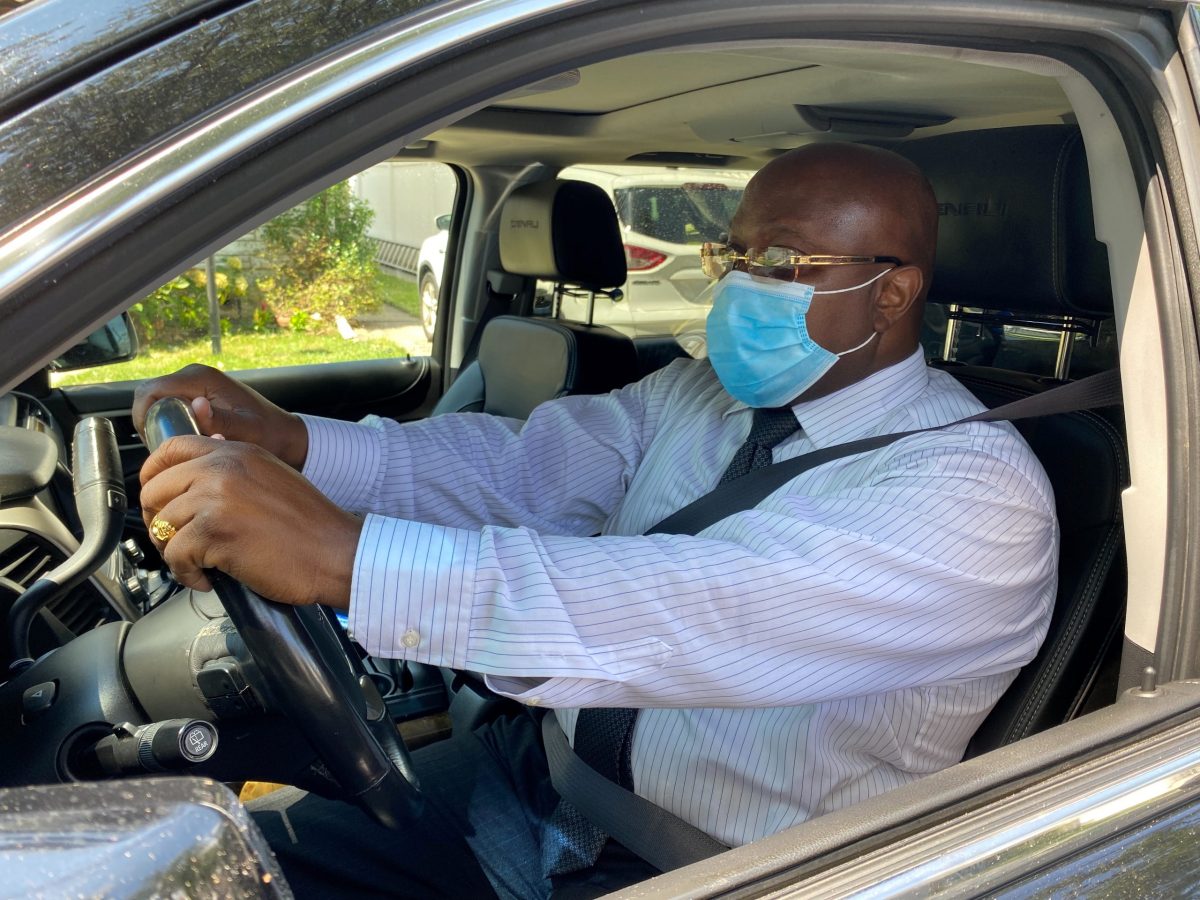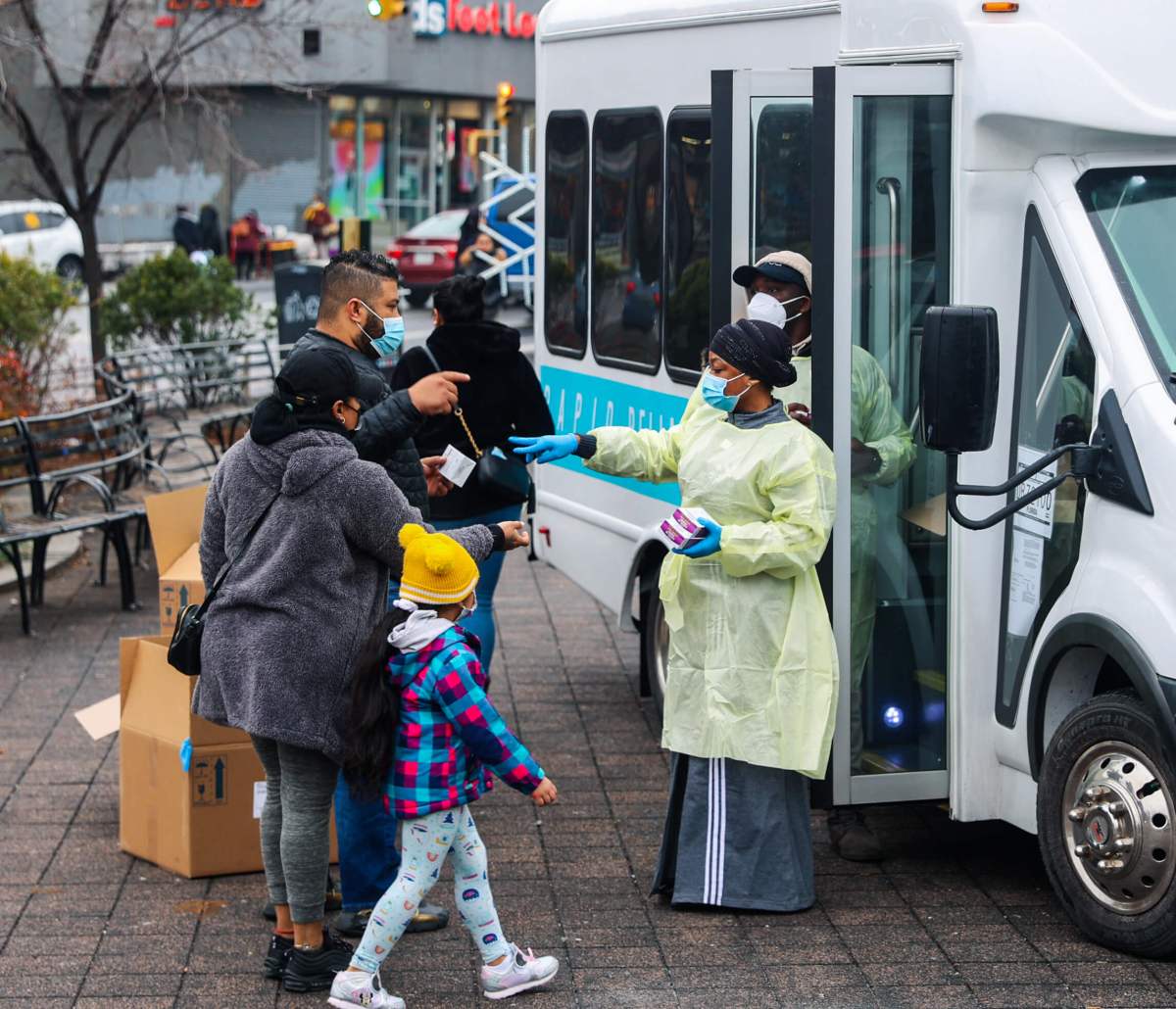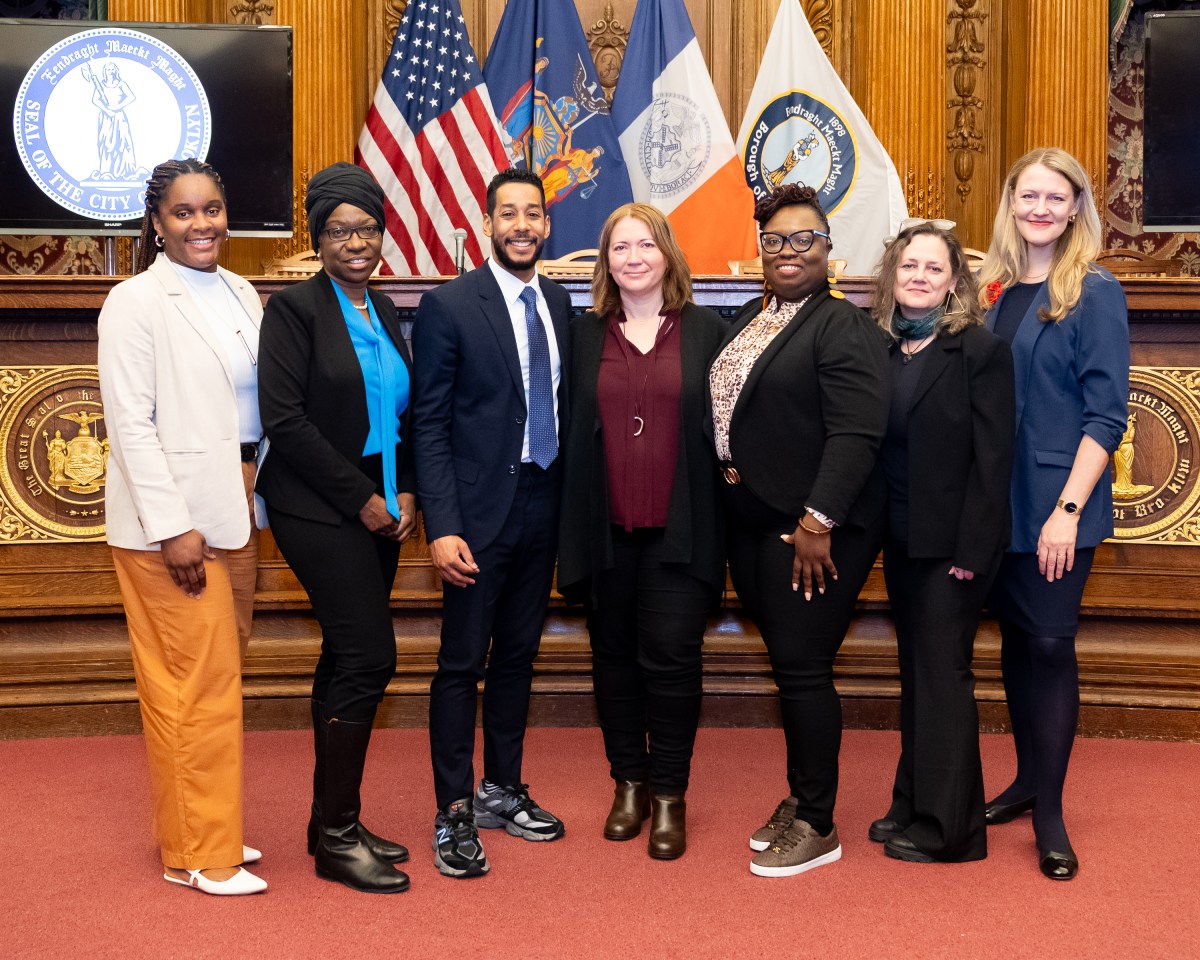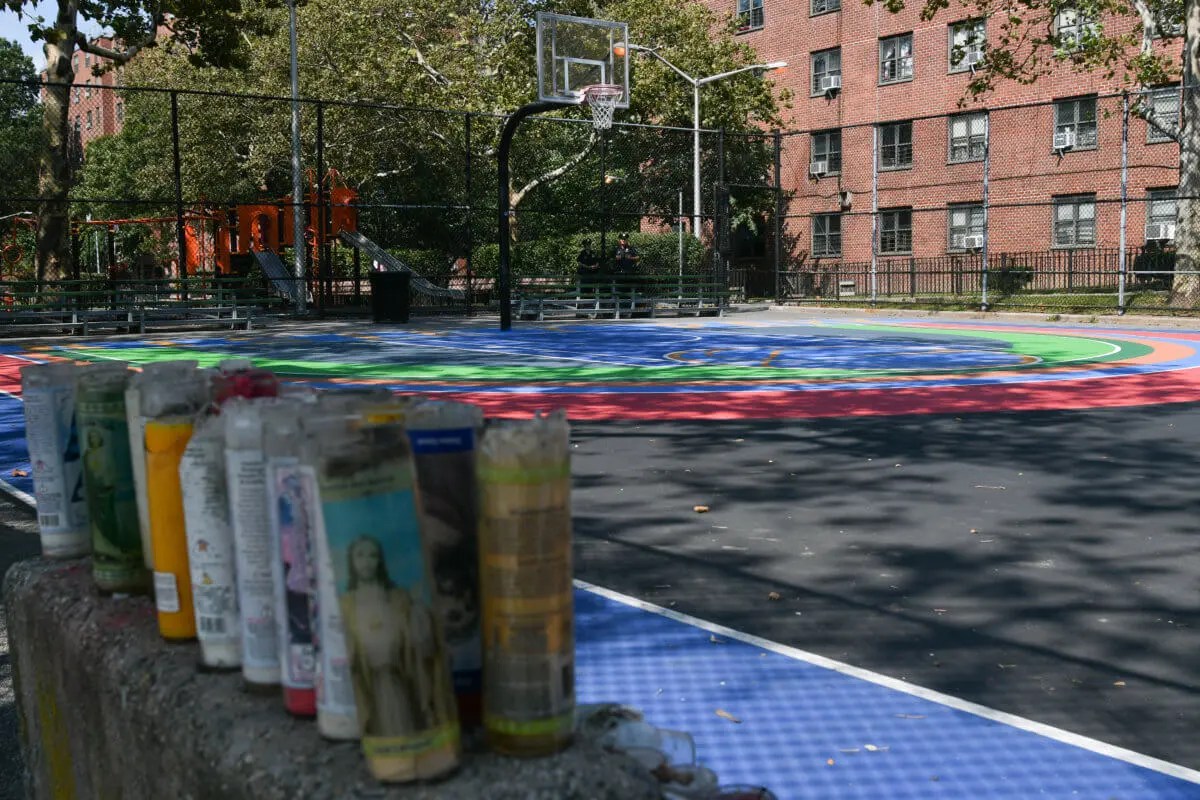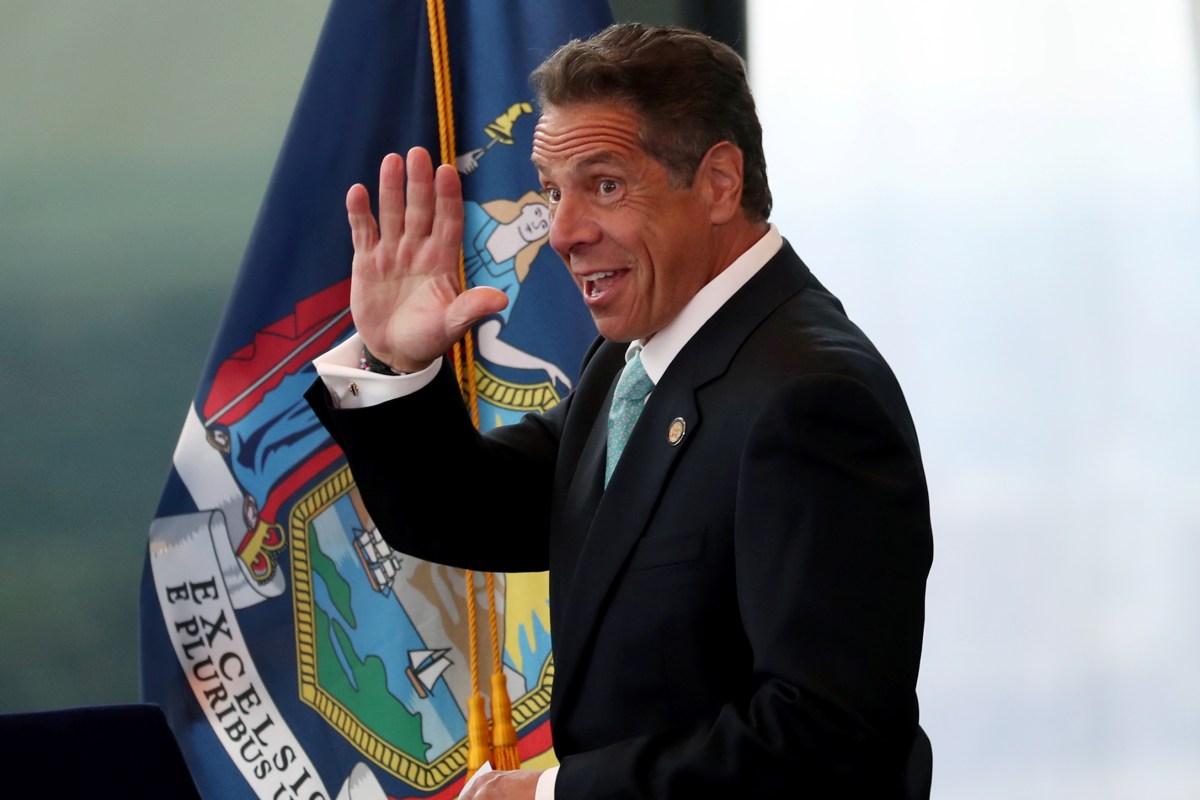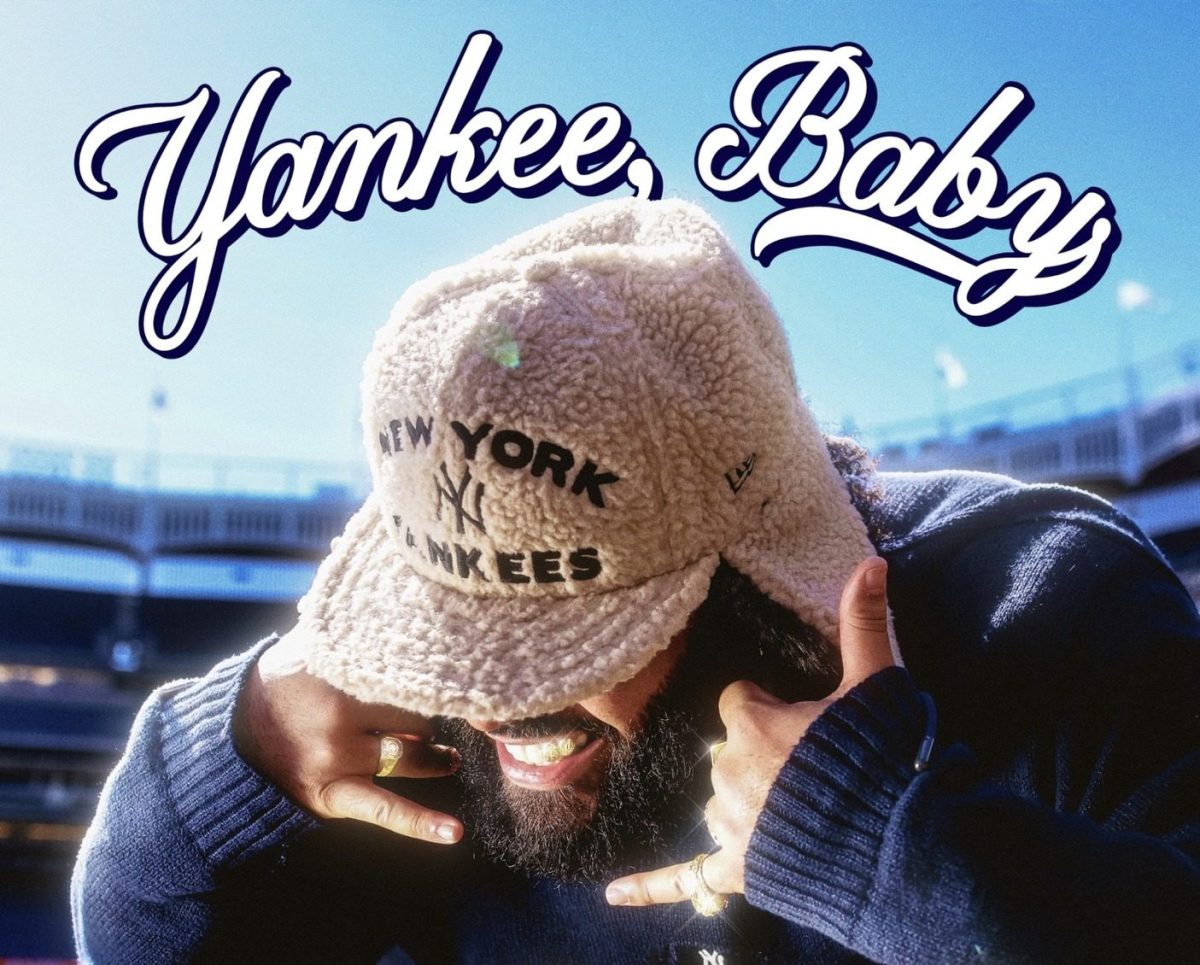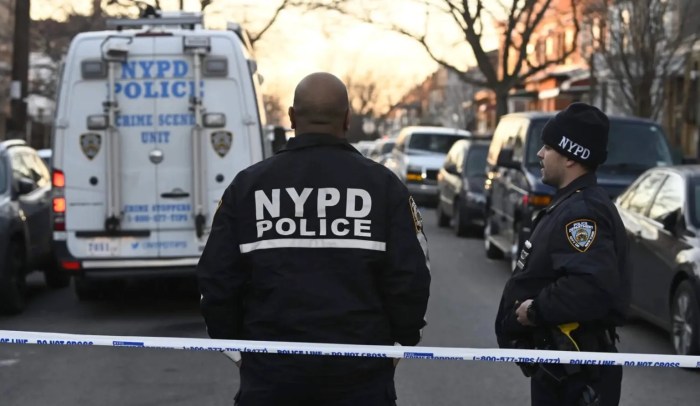BY TINA BELLON
Uber driver Johan Nijman faces a difficult decision as federal unemployment aid expires: risk failing to pay for groceries and even lose his home, or resume driving and potentially catch COVID-19.
Nijman is among thousands of Uber Technologies Inc <UBER.N> and Lyft Inc <LYFT.O> drivers across the United States choosing between physical and financial health risks as $600 in additional weekly unemployment assistance expire.
While drivers are not the only workers struggling, they are particularly vulnerable as their work puts them close to many strangers. Also, as independent contractors, they have none of the formal protection or benefits that employees enjoy.
“I never thought that after working so hard for so long that I would ever find myself in a situation where I had to ask for food one day,” Nijman said.
With type 2 diabetes putting him at higher risk for severe COVID-19, Nijman stopped driving in mid-March when the virus was raging through New York City. Before the pandemic, he earned some $1,500 a week driving for Uber’s high-end black car service in an SUV he bought when he signed up in 2017.
He applied for unemployment and received around $900 in weekly benefits – some $300 from the state and $600 from the federal government. That barely covered his expenses, including city-mandated liability insurance drivers must keep paying.
Without the additional $600, Nijman said he faces financial ruin, putting his car and house on the line.
Other drivers, like Sacramento-based Melinda Pualani, are still waiting for their unemployment claims to process, with agencies overwhelmed by the slew of applications.
“Driving again was simply a necessity because I used up most of my savings and still have to keep food on the table,” Pualani said.
She resumed driving last week, rolling down windows, thoroughly disinfecting her car after every trip and asking passengers to wear masks.
Federal pandemic pay offered a lifeline to many gig workers not eligible for ordinary unemployment insurance. Uber and Lyft lobbied U.S. lawmakers to include gig workers in the taxpayer-funded March coronavirus relief bill and workers remain eligible for state-based assistance.
No data is available on the share of gig workers among the 30 million Americans currently collecting unemployment. But the enhanced $600 pay stopped last week and U.S. lawmakers are at an impasse over how to extend it.
Uber and Lyft have provided drivers with masks and disinfectants. They also pay two-week financial assistance to drivers infected by the virus or ordered to quarantine.
Trip requests dropped 80% in April and remain significantly below prior-year levels. Uber and Lyft are expected to provide updates when they report results later on Thursday and Wednesday, respectively.
For parents, the timing is particularly difficult.
Single mom Denise Rozier, a Lyft driver in Austin, Texas, burned through her savings and in April contracted the virus. Alone and struggling to breathe, she worried she might not recover.
“I have a lot of anxiety, but really need to go back (to work) with school starting and expenses piling up,” she said. “I don’t want to risk my safety, but I also don’t want to depend on my family.”
Rozier is afraid of bringing the virus to her family or even contracting it again.
But she also fears altercations with passengers refusing to wear masks. Uber and Lyft have mandated masks for drivers and passengers, but several driver dashcam videos posted online have shown heated arguments with riders refusing to wear one.
“I wished that people in power find a way to look after people that never looked for a handout,” Queens-based Nijman said.



